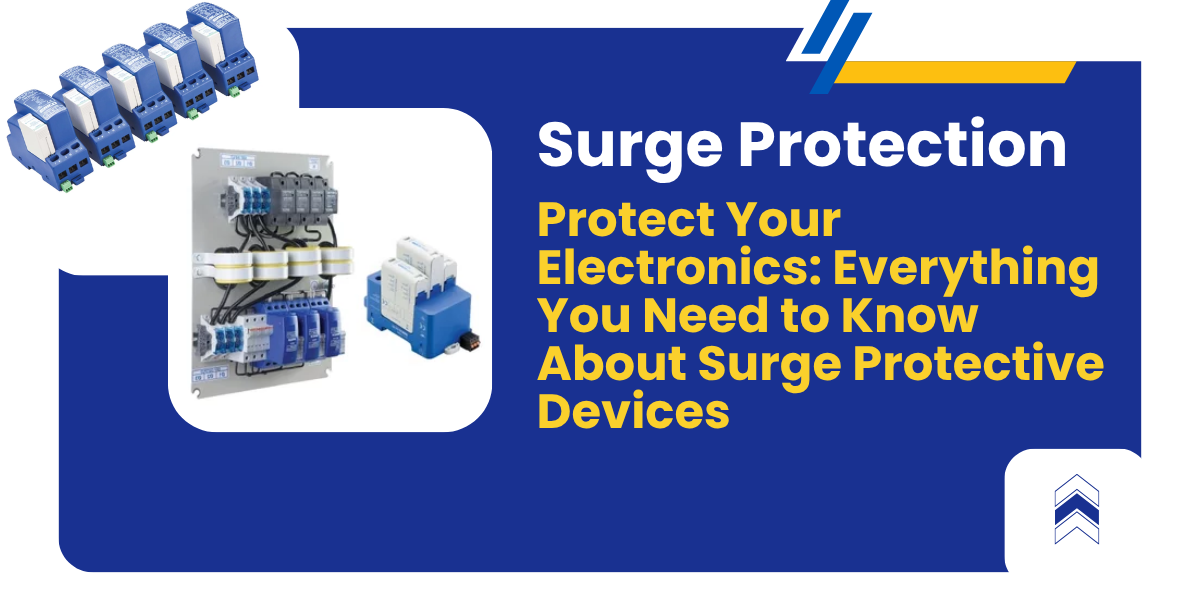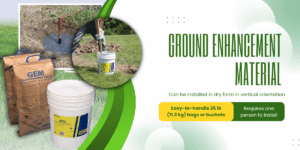Introduction
In a world where every home and industry depends on electronics, power surges can silently cause severe damage. From televisions and computers to industrial control systems, voltage spikes can shorten equipment life or destroy them instantly.
That’s why Surge Protective Devices (SPDs) have become an essential part of modern electrical systems. In this blog, we’ll explain what they are, how they work, and why they’re crucial for protecting your electronics.
What Is a Surge Protective Device (SPD)?
A Surge Protective Device, also known as a surge arrester or surge suppressor, is designed to protect electrical equipment from transient overvoltages — short, high-energy spikes in voltage that travel through power lines.
SPDs detect these spikes and divert excess energy safely to the ground, ensuring that the voltage supplied to your devices remains within a safe range.
How Do Surge Protective Devices Work?
When a surge occurs, the SPD reacts within microseconds.
It uses internal components such as:
Metal Oxide Varistors (MOVs) – absorb and redirect excess voltage.
Gas Discharge Tubes (GDTs) – channel high-voltage energy safely to the ground.
Spark Gaps – provide a controlled path for surge current.
Once the surge passes, the SPD resets automatically and continues protecting the system — all without interrupting the power flow.
Common Causes of Power Surges
Power surges can happen for various reasons, including:
⚡ Lightning strikes
⚙️ Switching of heavy electrical loads
🔌 Faulty wiring or grounding issues
🏭 Utility grid switching
⚠️ Sudden power outages and restarts
These surges are unpredictable — but their damage can be prevented with proper protection.
Why Surge Protection Is Important
Even a brief surge can damage sensitive electronics like computers, routers, and smart home devices. For industries, it can lead to machine breakdowns, data loss, and costly downtime.
Installing SPDs ensures that your equipment stays safe, reliable, and efficient.
Types of Surge Protective Devices
SPDs are typically classified into three main types based on their installation point:
Type 1 SPD – Installed at the main service entrance for protection from external surges (like lightning).
Type 2 SPD – Installed at distribution boards to protect internal circuits and connected loads.
Type 3 SPD – Used near sensitive equipment like computers and televisions for final-level protection.
For complete protection, experts recommend a layered surge protection system using all three types.
Benefits of Installing Surge Protective Devices
✅ Prevents equipment damage and costly replacements
✅ Protects against lightning and utility surges
✅ Increases equipment lifespan
✅ Reduces downtime and maintenance costs
✅ Improves overall electrical system reliability
Applications of Surge Protective Devices
SPDs are suitable for:
🏠 Homes – Protecting TVs, refrigerators, air conditioners, and home automation systems.
🏢 Commercial Buildings – Securing computers, security systems, and elevators.
🏭 Industrial Facilities – Safeguarding PLCs, motors, and control panels.





